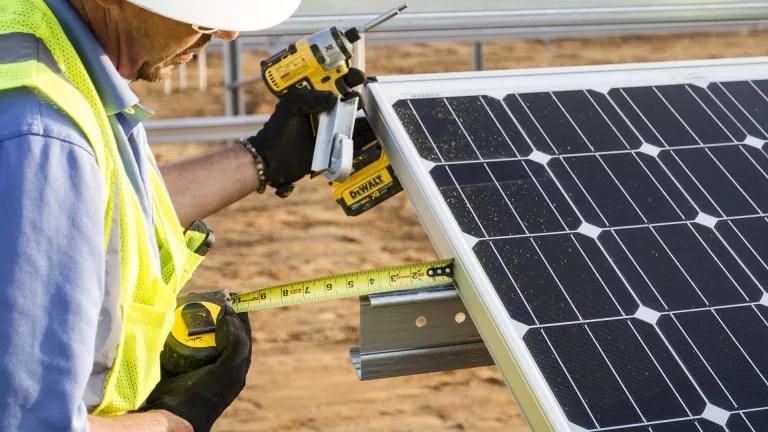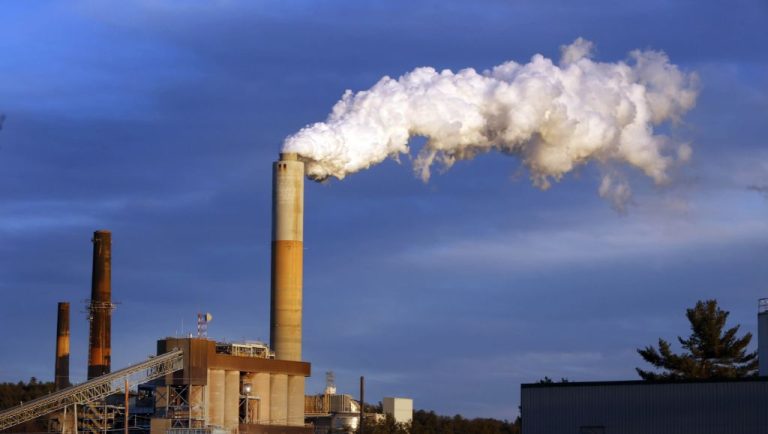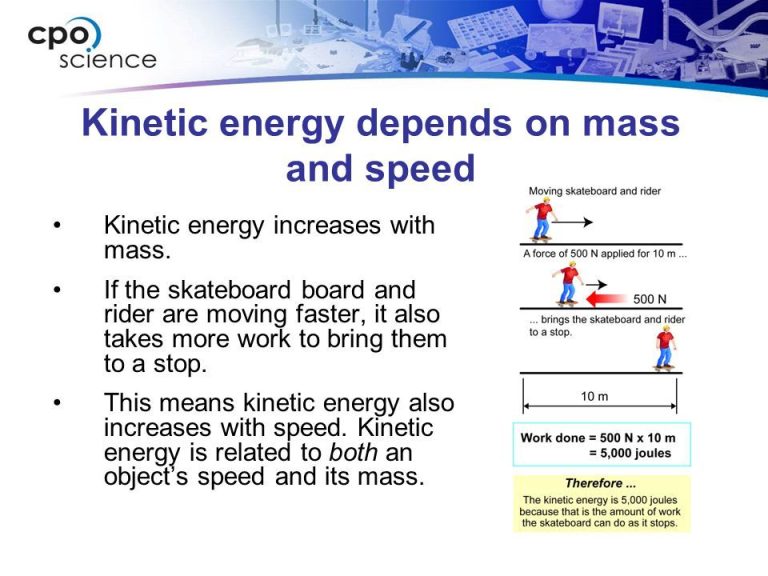Can The Us Survive On Renewable Energy?

The US has abundant renewable energy potential, but transitioning to 100% renewable energy would require massive changes. This article examines if it’s possible for the US to survive entirely on renewable energy sources like solar, wind, geothermal, and hydroelectric power. While technically feasible, a full transition would necessitate substantial upgrades to energy infrastructure, adjustments to electricity prices and usage, along with economic and political shifts. With coordinated efforts, the US could redesign its energy systems to run on renewables alone, but it won’t be easy. The challenges include scaling up renewable energy production, modernizing the grid, electrifying transportation, adjusting energy usage patterns, maintaining reliable power, and gaining political and public support.
Current State of Renewable Energy
In 2021, renewable energy sources accounted for 12.9% of total U.S. energy consumption and 20.8% of electricity generation, according to the U.S. Energy Information Administration (EIA) [1]. This represents substantial growth from 2001, when renewables were only 7.7% of electricity generation [2].
The main renewable energy sources are wind, solar, hydropower, biomass, and geothermal. Wind power has seen rapid growth, increasing from 6% of renewable electricity generation in 2000 to over 30% in 2020. Solar power has grown even more dramatically, from only 0.1% of renewable generation in 2000 to 29% in 2020 [3]. Continued declines in costs and technological improvements are expected to further accelerate the adoption of solar and wind power.
Potential of Renewable Sources
The United States has immense potential for generating renewable energy from sources like solar, wind, and geothermal. According to a 2021 study, the technical potential for renewable energy generation in the U.S. is over 1,000 petawatt-hours per year, with solar PV alone having a potential of over 200 petawatt-hours annually (https://www.osti.gov/biblio/1810726). This is well above the current U.S. electricity consumption of around 4 petawatt-hours per year. Wind energy also holds great potential, with technical generation capacity estimated at over 32 petawatt-hours per year onshore and offshore. Geothermal resources could provide over 515 gigawatts of energy, while hydropower, bioenergy and marine energy resources further add to the renewable potential. With ample solar, wind and geothermal resources that far exceed current and projected electricity demand, it is well within the U.S.’s technical capabilities to transition to an energy system fully supplied by renewable sources.
Infrastructure Changes Needed
Achieving 100% renewable energy in the U.S. will require significant improvements to electricity transmission infrastructure, energy storage capabilities, and smart grid technologies.
Electricity transmission systems will need major upgrades to handle the increase in renewable power generation, which is often located far from population centers. Long distance, high-voltage direct current (HVDC) transmission lines can efficiently move large amounts of wind and solar power across regions. According to the Stanford study, developing an expanded HVDC grid is crucial for enabling an affordable 100% renewable electricity system (https://www.cleanenergygrid.org/stanford-study-u-s-can-move-to-100-renewable-energy-much-sooner-than-you-think-transmission-infrastructure-is-critical/).
Energy storage systems, like batteries and pumped hydro storage, will also be vital to manage the natural variability of wind and solar generation. Storage provides grid flexibility to shift renewable energy from times of excess to times of shortage. Widespread energy storage deployment can help maintain reliability in a 100% renewable grid. The NREL analysis found that energy storage is a least-cost solution for enabling high renewable penetrations (https://www.nrel.gov/analysis/100-percent-clean-electricity-by-2035-study.html).
Advanced smart grid technologies, including smart meters and automated control systems, allow real-time coordination of supply and demand. Smart grids will enable greater integration of renewables by balancing fluctuations and efficiently routing electricity flows. A modernized, intelligent grid is necessary to monitor the variable renewable generation across the system and dispatch resources optimally.
Effects on Electricity Prices
Transitioning to 100% renewable energy would have a significant impact on electricity prices in the US. According to a 2022 report from the International Renewable Energy Agency (IRENA), renewable energy sources like wind and solar are already cheaper than fossil fuels in many parts of the world (source). In 2021, almost two-thirds of the renewable energy capacity added globally had lower costs per kWh than the cheapest coal option (source).
The cost per kWh of electricity from renewables has fallen dramatically over the past decade. Between 2010 and 2022, the global weighted average cost of electricity from solar PV fell by 89% and the cost of onshore wind electricity fell by 56% (source). This downward trend is expected to continue as technology improves and economies of scale are realized.
Transitioning the US grid to 100% renewables would require large upfront infrastructure investments, which could cause short-term electricity price increases. However, over the long run, most studies predict renewable energy costs falling below current fossil fuel electricity prices. With the right policies and investments, a 100% renewable US could potentially reduce electricity costs for consumers.
Changes to Energy Usage
Transitioning to 100% renewable energy would require major changes in how we use and manage energy consumption (UCSUSA, 2022). Increased efficiency and reduced waste will be critical. The intermittent nature of renewables like wind and solar means we can’t necessarily produce electricity on demand whenever we want. Instead, we’ll need to shift more of our energy usage to times when renewable sources are abundantly generating electricity.
This could mean incentives or policies to encourage people to run major appliances and charge electric vehicles overnight when wind production is high. Utilities may need to install smarter grid technology to balance supply and demand in real-time across the system. Individuals may be encouraged to install home batteries to store solar energy for use in the evenings (Vox, 2016). Improving efficiency and reducing waste at all levels will be paramount so less electricity generation is required overall.
Effects on the Economy
The growth of renewable energy is having a positive impact on the U.S. economy by creating jobs and lowering costs for consumers.
According to a 1997 report from the National Renewable Energy Laboratory, renewable energy was already employing over 115,000 Americans in manufacturing, project development, power generation, and more. More recent analysis shows over 500,000 people working in renewable energy in the U.S. as of 2017, with wind turbine service technicians and solar panel installers among the fastest growing occupations (Yale School of the Environment). Renewable energy is poised to be an engine of domestic job growth if adoption expands.
At the same time, renewables like solar and wind are becoming cost competitive with fossil fuels. The levelized cost of electricity from new renewables is now on par or cheaper than the cost of new natural gas in many markets (Business.com). As more capacity comes online, renewable sources put downward pressure on wholesale electricity prices and lower costs for households and businesses. McKinsey estimates that transitioning to a 90% renewable grid in the U.S. by 2035 could save electricity customers $47 billion per year.
Effects on the Environment
Increasing renewable energy would have significant positive impacts on the environment. According to the Department of Energy, renewable energy sources produce 90-99% less greenhouse gas emissions compared to coal power plants (https://www.energy.gov/eere/environmental-impacts-clean-energy). The Union of Concerned Scientists states that renewable sources cause 70-90% less air pollution than fossil fuels (https://www.ucsusa.org/resources/environmental-impacts-renewable-energy-technologies).
The reduction in emissions would lead to substantial decreases in greenhouse gases that cause climate change. Renewables do not produce carbon dioxide, the primary driver of global warming. This would help mitigate the impacts of climate change such as rising sea levels, more extreme weather events, and disruption of ecosystems.
In addition, the improved air quality from less fossil fuel usage would have health benefits by reducing respiratory illnesses like asthma that are exacerbated by pollution. The decrease in water contamination from coal and gas extraction would also enhance water quality and aquatic ecosystems.
Political and Regulatory Factors
Transitioning the US electricity grid to 100% renewable energy will require substantial policy changes at the federal, state, and local levels. Several key government actions could help facilitate this transition:
The federal government could increase funding for renewable energy research, provide tax incentives for renewable power generation, update regulations to support grid integration of renewables, and implement a national clean electricity standard requiring utilities to steadily increase their renewable energy mix over time. According to the Department of Energy, a national standard of 80% clean electricity by 2030 and 100% by 2035 is achievable with existing technology.1
State governments with renewable portfolio standards could continue increasing their targets over time. As of 2022, over half of U.S. states had renewable portfolio standards, with targets ranging from 25-100% clean energy by 2040-2050.2 Tightening these standards will be critical for driving utility-scale renewable energy growth.
Upgrading transmission infrastructure will also be needed to get renewable energy from source to load centers. Federal and state governments could provide financing, siting assistance, and regulatory approval to facilitate major interstate transmission projects.
Local policies like streamlined permitting, renewable energy mandates for new buildings, and electric vehicle infrastructure expansion will further support the transition. Overall, a comprehensive policy approach across all levels of government will be essential to reach 100% renewable electricity nationwide.
Conclusion
Switching to 100% renewable energy in the US would be an ambitious undertaking due to the massive infrastructure changes required, but it is technically achievable with today’s technology. The main challenges are political and economic rather than technological. Renewable sources like solar, wind and hydropower have vast untapped potential across the US, which could feasibly meet or even exceed the country’s energy needs. However, it would require hundreds of billions in investments over decades to build out renewable generating capacity, update the grid for resiliency, and overhaul energy storage and transmission. This transition would likely increase electricity costs for consumers in the short-term, but drive economic growth, job creation, and environmental benefits over the long-term. With the right policies, incentives and political will, the US could realistically commit to 100% renewable energy within a few decades. It won’t be easy, but the environmental and economic payoffs make it a worthwhile endeavor for the future.



